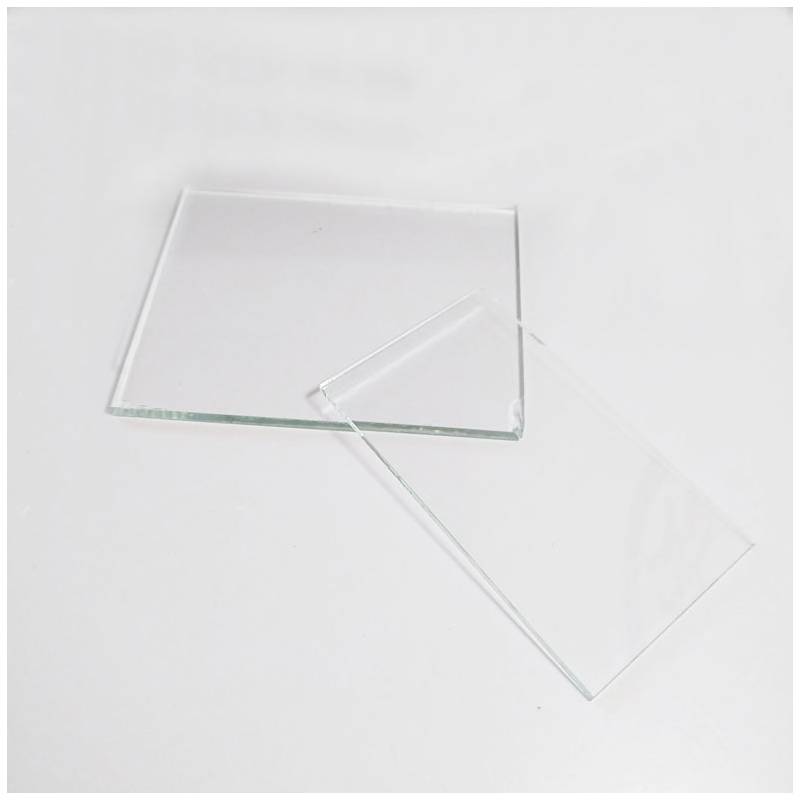The Chemistry of Acid That Etches Glass A Closer Look
Etching glass is a captivating process that transforms ordinary glass into work of art, providing it with beautifully intricate designs. Among the various methods employed for this art form, one prominent technique involves the use of acids, particularly hydrofluoric acid (HF). This article delves into the chemistry behind the acid that etches glass, exploring its effectiveness, safety concerns, and applications in the realm of artistry and industry.
The Science of Glass Etching
Glass is primarily composed of silica (silicon dioxide), which is a highly stable and inert material. However, this stability presents a challenge when attempting to alter its surface. For centuries, artisans have sought ways to achieve the delicate patterns and textures on glass that have captivated audiences. The solution lies in the use of hydrofluoric acid.
Hydrofluoric acid is a colorless liquid, known for its ability to dissolve glass. The reaction occurs because HF is capable of breaking the strong Si-O bonds in silica. The equation for this reaction can be simplified as follows
\[ SiO_2 + 6HF \rightarrow H_2SiF_6 + 2H_2O \]
In this reaction, the silica in the glass reacts with hydrofluoric acid to form hexafluorosilicic acid (H₂SiF₆) and water. This removal of material creates the desired etching effect, allowing artists to carve out intricate designs from the surface of glass.
Safety Precautions
While hydrofluoric acid is an effective etching agent, it is also extremely hazardous. It is classified as a highly corrosive substance that can cause severe chemical burns upon contact with skin, and can damage respiratory organs if inhaled. Therefore, anyone working with HF must adhere to strict safety protocols
acid that etches glass
1. Personal Protective Equipment (PPE) Always wear appropriate PPE, including gloves, goggles, and protective clothing. It’s essential to use materials that are resistant to HF.
2. Ventilated Work Environment Conduct all etching in a well-ventilated area or under a fume hood to minimize inhalation risks.
3. Emergency Procedures Have neutralizing agents, such as calcium gluconate gel, ready on hand to treat accidental skin exposure.
4. Training Only trained professionals should handle hydrofluoric acid, and safety training programs should be mandatory for all employees.
Applications in Art and Industry
The use of hydrofluoric acid for glass etching is not limited to artistic endeavors. It has significant industrial applications as well. For instance, it is employed in the semiconductor industry to etch silicon wafers, which are integral to the manufacturing of electronic devices. The ability to precisely control the etching process allows for the creation of intricate microcircuits essential for technology.
In artistic contexts, glass etching has made significant strides in various fields, from personalized giftware to architectural glass installations. Artists utilize stencils, masks, or freehand techniques to guide the acid application, leading to stunning visual effects. This art form allows for an extensive range of styles, from minimalist designs to detailed landscapes.
Conclusion
The chemistry of glass etching using hydrofluoric acid highlights the intersection of art and science. This powerful etching agent can transform solid glass into masterpieces, but it also demands respect due to its hazardous nature. As techniques and safety measures continue to evolve, the world of glass etching remains vibrant, a testament to human creativity balanced with scientific understanding. Whether in workshops crafting unique ornamental pieces or industries pushing the boundaries of technology, the acid that etches glass plays a crucial role in shaping our world. As we continue to explore and innovate, understanding both the beauty and the risks of this ancient technique will remain vital.
 Afrikaans
Afrikaans  Albanian
Albanian  Amharic
Amharic  Arabic
Arabic  Armenian
Armenian  Azerbaijani
Azerbaijani  Basque
Basque  Belarusian
Belarusian  Bengali
Bengali  Bosnian
Bosnian  Bulgarian
Bulgarian  Catalan
Catalan  Cebuano
Cebuano  Corsican
Corsican  Croatian
Croatian  Czech
Czech  Danish
Danish  Dutch
Dutch  English
English  Esperanto
Esperanto  Estonian
Estonian  Finnish
Finnish  French
French  Frisian
Frisian  Galician
Galician  Georgian
Georgian  German
German  Greek
Greek  Gujarati
Gujarati  Haitian Creole
Haitian Creole  hausa
hausa  hawaiian
hawaiian  Hebrew
Hebrew  Hindi
Hindi  Miao
Miao  Hungarian
Hungarian  Icelandic
Icelandic  igbo
igbo  Indonesian
Indonesian  irish
irish  Italian
Italian  Japanese
Japanese  Javanese
Javanese  Kannada
Kannada  kazakh
kazakh  Khmer
Khmer  Rwandese
Rwandese  Korean
Korean  Kurdish
Kurdish  Kyrgyz
Kyrgyz  Lao
Lao  Latin
Latin  Latvian
Latvian  Lithuanian
Lithuanian  Luxembourgish
Luxembourgish  Macedonian
Macedonian  Malgashi
Malgashi  Malay
Malay  Malayalam
Malayalam  Maltese
Maltese  Maori
Maori  Marathi
Marathi  Mongolian
Mongolian  Myanmar
Myanmar  Nepali
Nepali  Norwegian
Norwegian  Norwegian
Norwegian  Occitan
Occitan  Pashto
Pashto  Persian
Persian  Polish
Polish  Portuguese
Portuguese  Punjabi
Punjabi  Romanian
Romanian  Russian
Russian  Samoan
Samoan  Scottish Gaelic
Scottish Gaelic  Serbian
Serbian  Sesotho
Sesotho  Shona
Shona  Sindhi
Sindhi  Sinhala
Sinhala  Slovak
Slovak  Slovenian
Slovenian  Somali
Somali  Spanish
Spanish  Sundanese
Sundanese  Swahili
Swahili  Swedish
Swedish  Tagalog
Tagalog  Tajik
Tajik  Tamil
Tamil  Tatar
Tatar  Telugu
Telugu  Thai
Thai  Turkish
Turkish  Turkmen
Turkmen  Ukrainian
Ukrainian  Urdu
Urdu  Uighur
Uighur  Uzbek
Uzbek  Vietnamese
Vietnamese  Welsh
Welsh  Bantu
Bantu  Yiddish
Yiddish  Yoruba
Yoruba  Zulu
Zulu 

